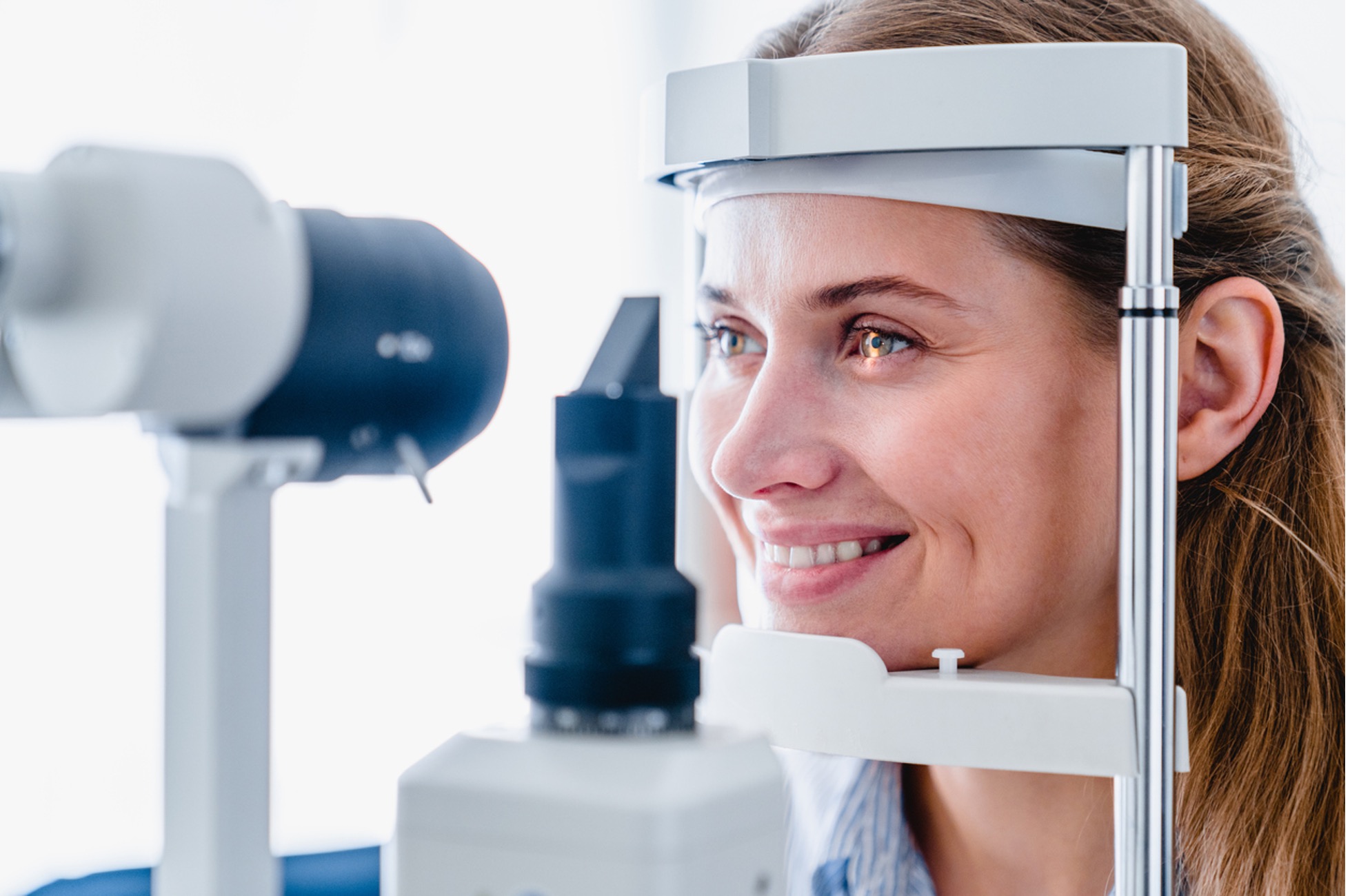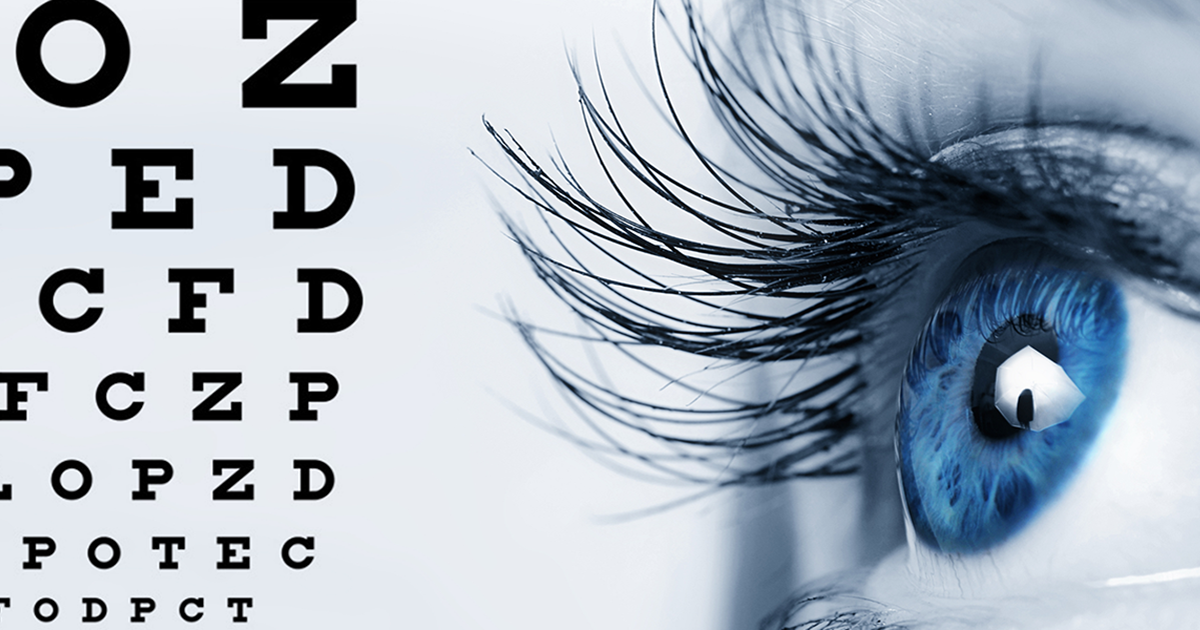Comprehensive Retina Service Near Me: Advanced Eye Health Care
Comprehensive Retina Service Near Me: Advanced Eye Health Care
Blog Article
The Duty of Advanced Diagnostic Tools in Identifying Eye Disorders
In the realm of ophthalmology, the utilization of innovative analysis devices has reinvented the early recognition and management of various eye conditions. From discovering refined adjustments in the optic nerve to keeping an eye on the progression of retinal conditions, these modern technologies play a crucial duty in boosting the precision and effectiveness of detecting eye problems. As the need for exact and timely diagnoses continues to expand, the assimilation of innovative devices like optical comprehensibility tomography and visual field screening has come to be crucial in the realm of eye care. The detailed interplay between innovation and ophthalmic practices not just loses light on detailed pathologies yet also opens up doors to customized treatment approaches.
Significance of Very Early Diagnosis
Very early diagnosis plays a critical duty in the effective management and treatment of eye problems. Timely recognition of eye conditions is vital as it enables for prompt intervention, potentially preventing additional progression of the disease and minimizing long-term complications. By spotting eye disorders at an onset, healthcare providers can supply proper therapy strategies tailored to the specific condition, inevitably leading to much better outcomes for people. Furthermore, early medical diagnosis makes it possible for clients to accessibility essential assistance services and sources sooner, enhancing their overall lifestyle.

Technology for Identifying Glaucoma
Cutting-edge diagnostic innovations play a crucial role in the very early discovery and surveillance of glaucoma, a leading reason for permanent loss of sight worldwide. One such technology is optical coherence tomography (OCT), which gives comprehensive cross-sectional images of the retina, permitting the measurement of retinal nerve fiber layer density. This dimension is important in analyzing damage triggered by glaucoma. Another advanced device is visual area testing, which maps the sensitivity of an individual's visual field, helping to detect any type of locations of vision loss quality of glaucoma. In addition, tonometry is made use of to measure intraocular pressure, a major threat factor for glaucoma. This test is vital as elevated intraocular pressure can cause optic nerve damage. Newer technologies like the use of synthetic knowledge formulas in examining imaging data are revealing encouraging outcomes in the very early discovery of glaucoma. These innovative analysis devices make it possible for eye doctors to identify glaucoma in its beginning, permitting for prompt treatment and far better administration of the condition to avoid vision loss.
Function of Optical Comprehensibility Tomography

OCT's ability to measure retinal nerve fiber layer thickness enables accurate and unbiased measurements, helping in the very early discovery of glaucoma also before visual area flaws become obvious. In addition, OCT innovation allows longitudinal tracking of structural changes gradually, assisting in customized treatment strategies and timely interventions to aid preserve clients' vision. The non-invasive nature of OCT imaging visit the site additionally makes it a preferred choice for checking glaucoma development, as it can be duplicated frequently without triggering discomfort to the individual. Generally, OCT plays a vital function in enhancing the diagnostic precision and management of glaucoma, ultimately adding to better outcomes for people in danger of vision loss.
Enhancing Diagnosis With Visual Area Testing
An important component in thorough ophthalmic analyses, visual field screening plays a pivotal function in boosting the analysis procedure for numerous eye problems. By assessing the complete level of a person's aesthetic area, this examination provides essential information about the functional honesty of the whole aesthetic path, from the retina to the visual cortex.
Aesthetic field screening is especially important in the medical diagnosis and monitoring of problems such as glaucoma, optic nerve conditions, and various neurological conditions that can affect vision. With measurable measurements of outer and main vision, clinicians can spot subtle changes that may suggest the visibility or progression of these problems, also before obvious signs and symptoms happen.
Furthermore, aesthetic area testing permits the monitoring of treatment efficacy, aiding ophthalmologists tailor therapeutic treatments to individual clients. eyecare near me. By tracking modifications in aesthetic area performance with time, doctor can make informed choices concerning adjusting drugs, advising medical interventions, or carrying out various other proper actions to protect or boost an individual's visual feature
Taking Care Of Macular Deterioration

Final Thought
In conclusion, progressed diagnostic devices play a critical role in determining eye conditions early on. Technologies such as Optical Coherence pop over to this site Tomography and visual field testing have significantly enhanced the accuracy and effectiveness of detecting conditions like glaucoma and macular deterioration.
Report this page